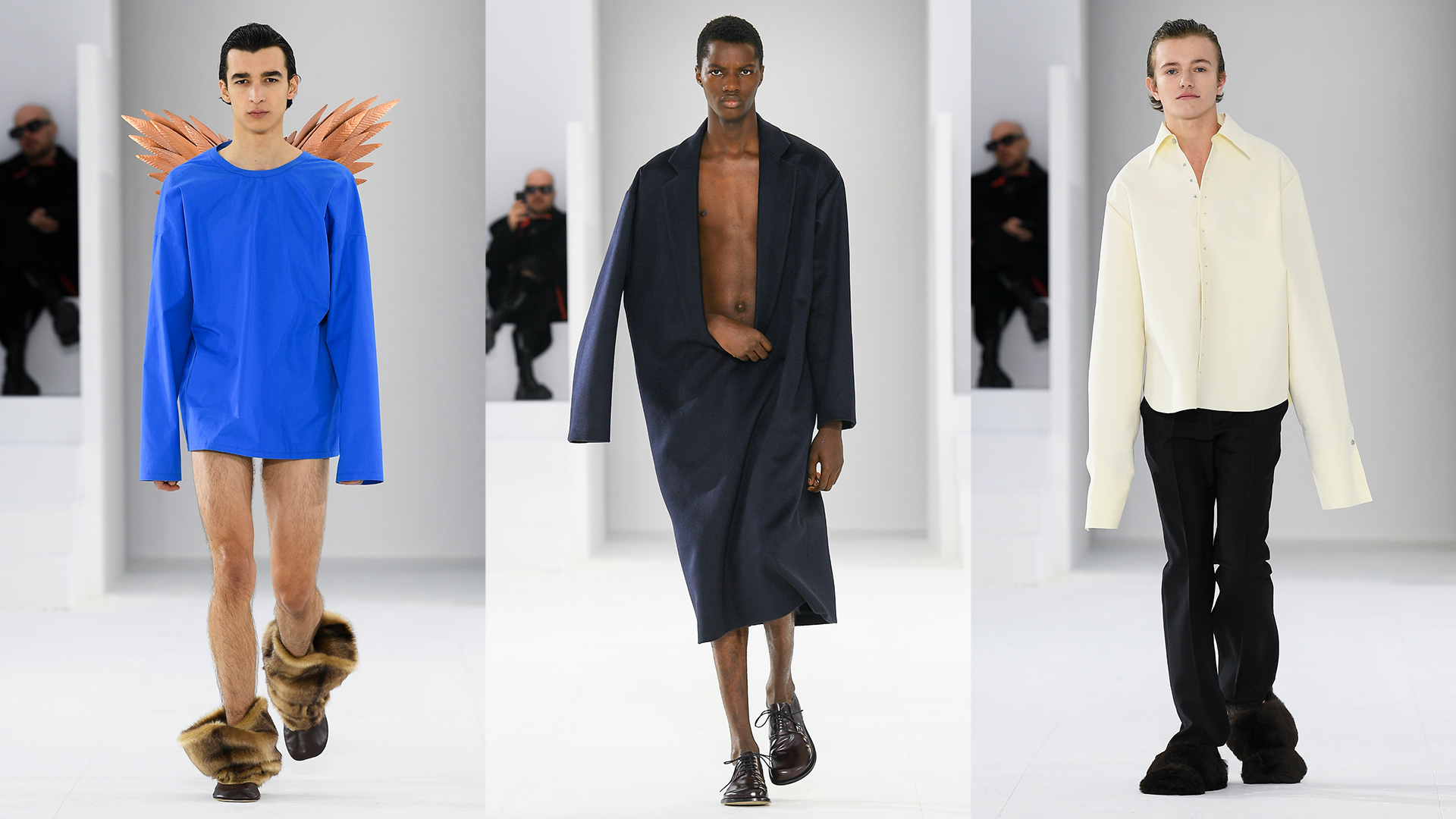What purpose does a fashion show serve? That’s been the big question this week as menswear shows in Milan and Paris, once the quieter and slightly more discrete alternative to womenswear, have exploded into almighty productions with all-star audiences and thousands of screaming teenagers braving the sub-zero chill, eager to get a glimpse of their favourite K-pop stars. For Loewe’s Jonathan Anderson, however, a fashion show is still a “laboratory” — especially, when it comes to menswear, which can still feel coded and restricted, even if skirts have become the norm. Jonathan described menswear, which he studied and started his namesake label with, as “an exciting platform to remain a method of trialling things”. His latest show for the Spanish fashion house was a delightful antidote to what has become the norm in fashion in general: brands aiming to double down on growth through logomania, megabrand collaborations, excessive styling, and megastar ambassadors. It has felt, at many shows, as if we’re in an ever-inflating bubble about to burst.
But Jonathan is not like the rest. Describing his latest show as “an act of reduction”, the Northern Irish designer offered up one of his most minimal and sculptural collections to date. These were clothes crafted from copper, vellum, steel and parchment, to name a few of the materials that Old Masters would have used or depicted in their paintings. Frozen in time, coats and shirts were sculpted as a freeze-frame of motion — dramatically standing away from the moving body — echoing a gesture caught in paintings by 32-year-old contemporary artist Julien Nguyen, whose works were scaled up on digital screens throughout the space. As the models walked, their sculpted jackets stayed frozen in time. It presented a dialogue between ancient and modern; the bareness of a white cube gallery and the materiality of sculpture; movement and two-dimensional image; technology and craft. Most importantly, however, it offered the most stripped-back, minimal presentation of clothing we’ve seen this season at a time when shows have been more extravagant than ever before.
“I do feel like less is more — but in a new way,” Jonathan explained after the show. “I don’t think we’re heading into modernity like it was. It’s not like 90s modernity; there’s something more peculiar happening.” Sure, there was Timothée Chalamet, Taylor Russell, Troye Sivan and Josh O’Connor in the audience — but the stark white box of a space and sequence of thought-provoking (if not largely impractical) clothes were a reminder that Jonathan is one of the most cerebral and experimental designers working at his level today. Loewe may be a commercial juggernaut with its handbags, perfumes and candles — but it is also home to some of the most avant-garde fashion being shown right now.
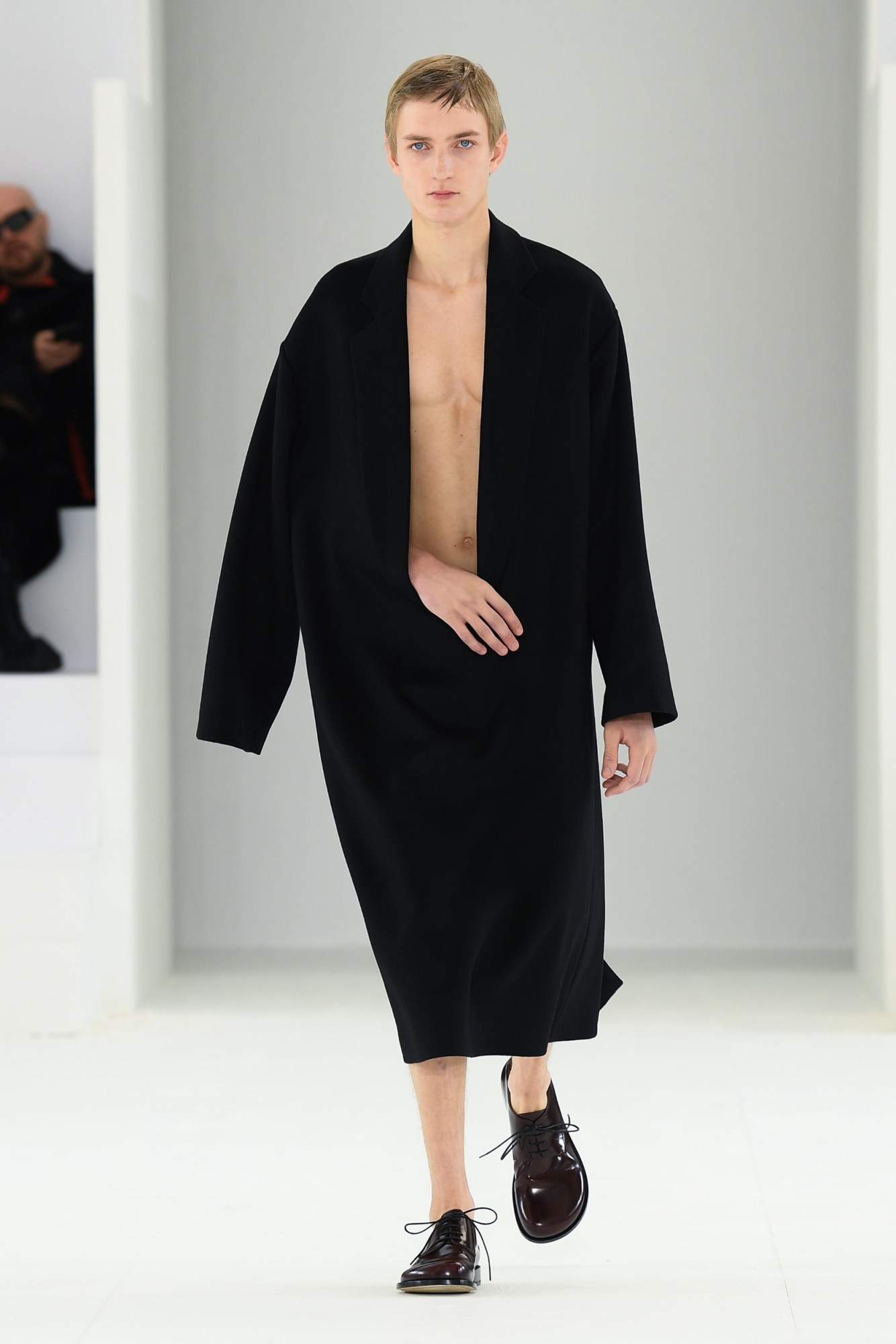
Something that Jonathan implied offered some food for thought as to how it maintains that balance. “I think we buy brands because of names,” he said. However, Jonathan’s shows are increasingly esoteric — and though some of the long, slim coats and colour-block knits were desirable and easy to wear — this show hardly offered propositions to be worn in real life. What is the value of a show for an LVMH-owned house such as Loewe? “I feel like shows should be used as a laboratory,” Jonathan asserted. “Because ultimately, if I showed you T-shirts, you would hate it. But for me, we still have to use menswear. I think there’s so much ground to be taken. And I feel like it’s a new year and it’s a nice moment, so it’s about kind of starting to scratch at that a bit and really trying to find something which is either elongated or compacted. And blunt — this is a very blunt message.”
The message was simple: designers must push the boundaries of clothing design, now more than ever. “I think—I hope—that we’re going into a period where it is about being uncomfortable in design,” he continued. “That we are trying to find something new.” Given that the principal way of communicating fashion is via social media — now rife with commentators, whistle-blowers and fashion history buffs eager to clock every reference — you get the sense that Jonathan wanted to give us something new to analyse and obsess over. Stiff, wrinkled shirts were crafted from vellum, a leather material that Old Masters would have painted on in ancient religious tomes. Copper was sculpted into windblown jackets, wool was stiffened into curved-shoulder, seamless blazers, and a couple of shaved-shearling coats came in dramatic tulip-shaped silhouettes with extra-long sleeves. Much of which was worn over boxers, leggings and ankle boots; the rigidity balanced out by plenty of bare skin and sensual underwear.
What was especially ingenious was that, when looking at photos of the show, it is difficult to decipher which pieces were hard sculptures and which were just regular garments, captured mid-walk. These are clothes that urge you to watch them in motion. Perhaps they were a comment on the increasingly two-dimensional view of fashion, flattened by being communicated through images on a screen. Or vice versa, maybe they were intended to be jarring when filmed and posted on Instagram and TikTok, legs moving but the clothes eerily still. Occasionally, there were angels’ wings and models who appeared to be wearing white-out contact lenses — nods to Renaissance portraiture, and saints in states of ecstasy. Indeed, there was something divine about this show and the way that Jonathan still believes in fashion — and specifically, the process of designing, making and showing clothes in a simple format — that felt like an antidote to the monumental distraction that so many brands currently deploy to deflect from a lack of creativity. To go back to his earlier point about why people buy from brands, Jonathan’s constant quest to innovate is surely reason enough for intelligent shoppers to flock to Loewe.
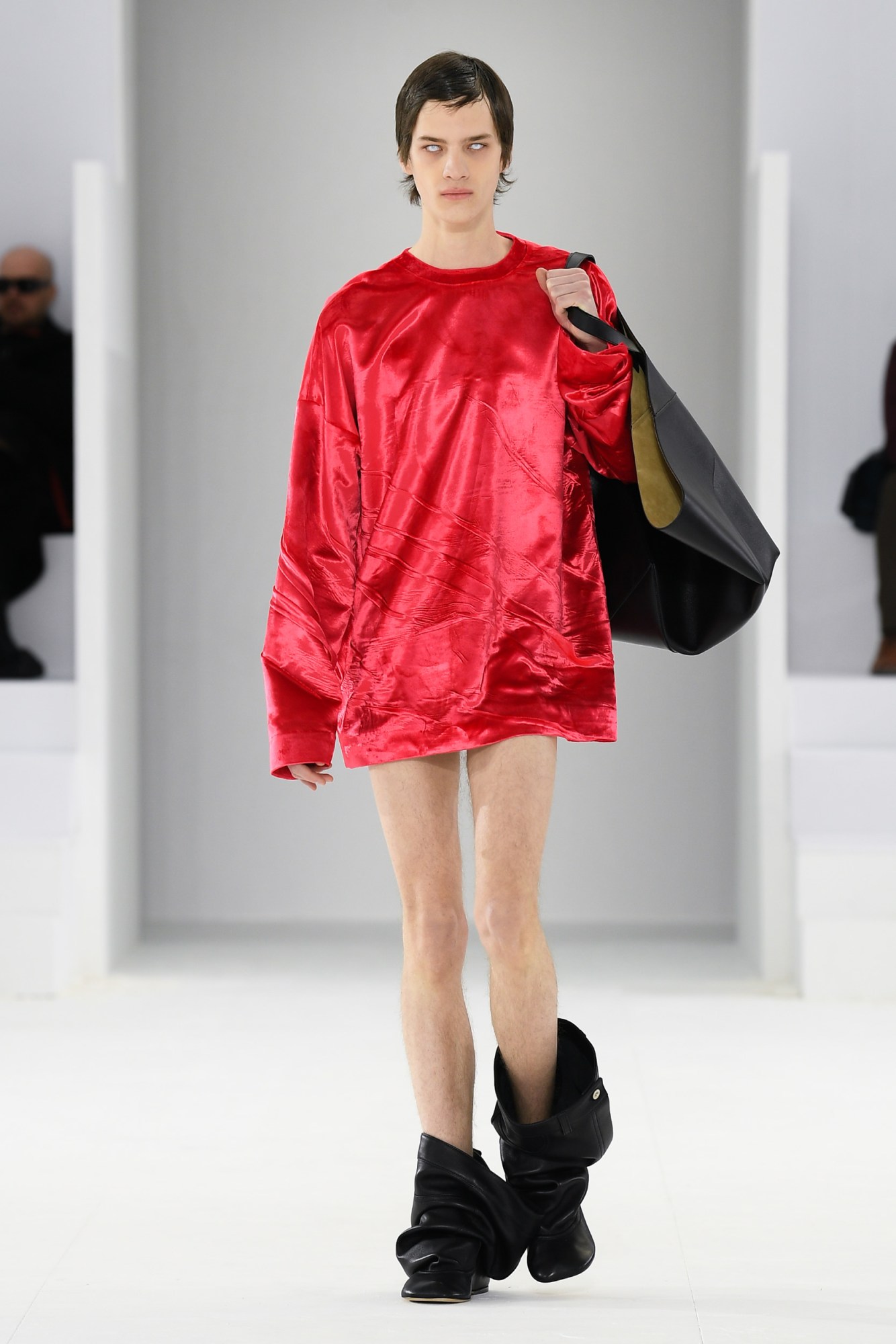
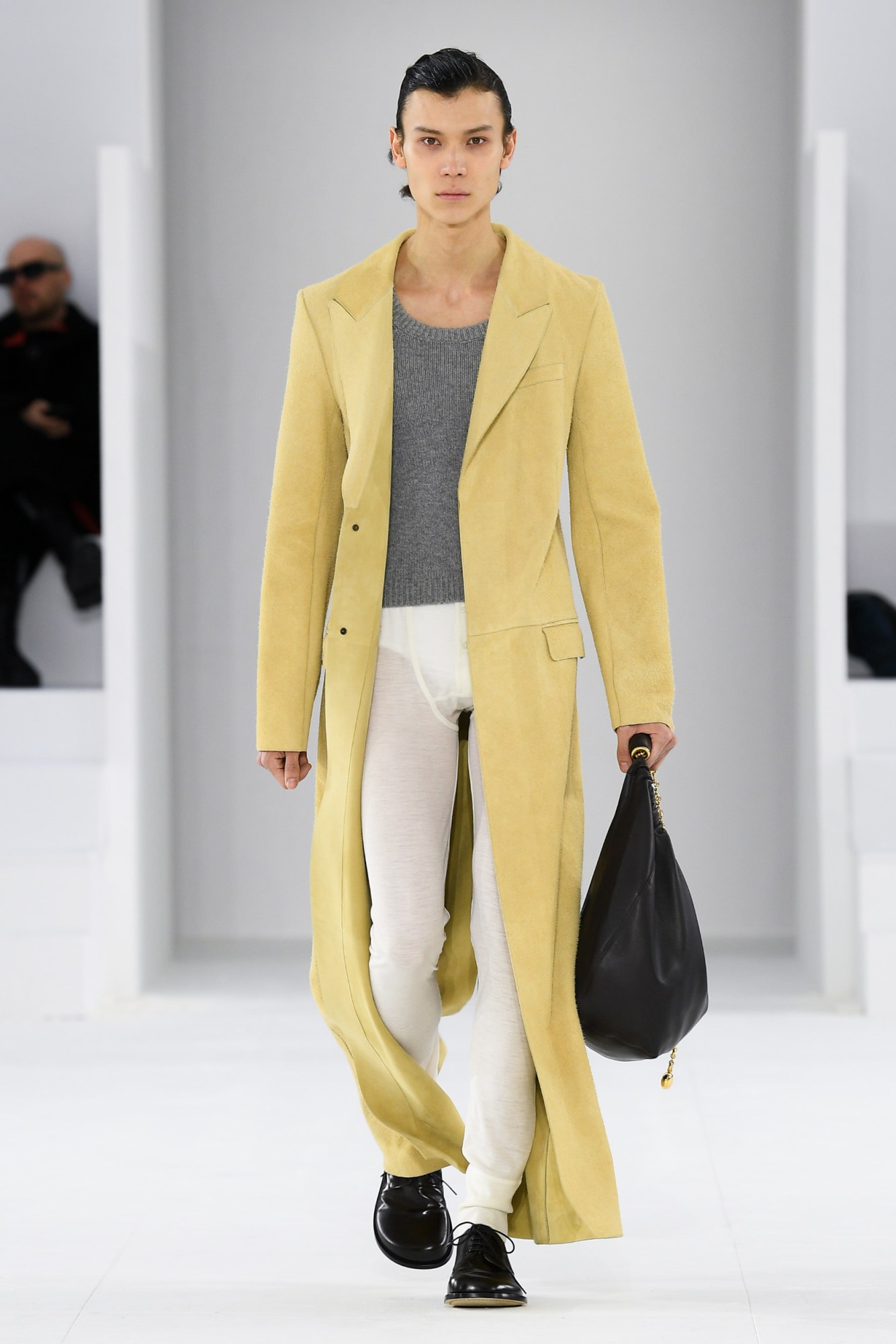


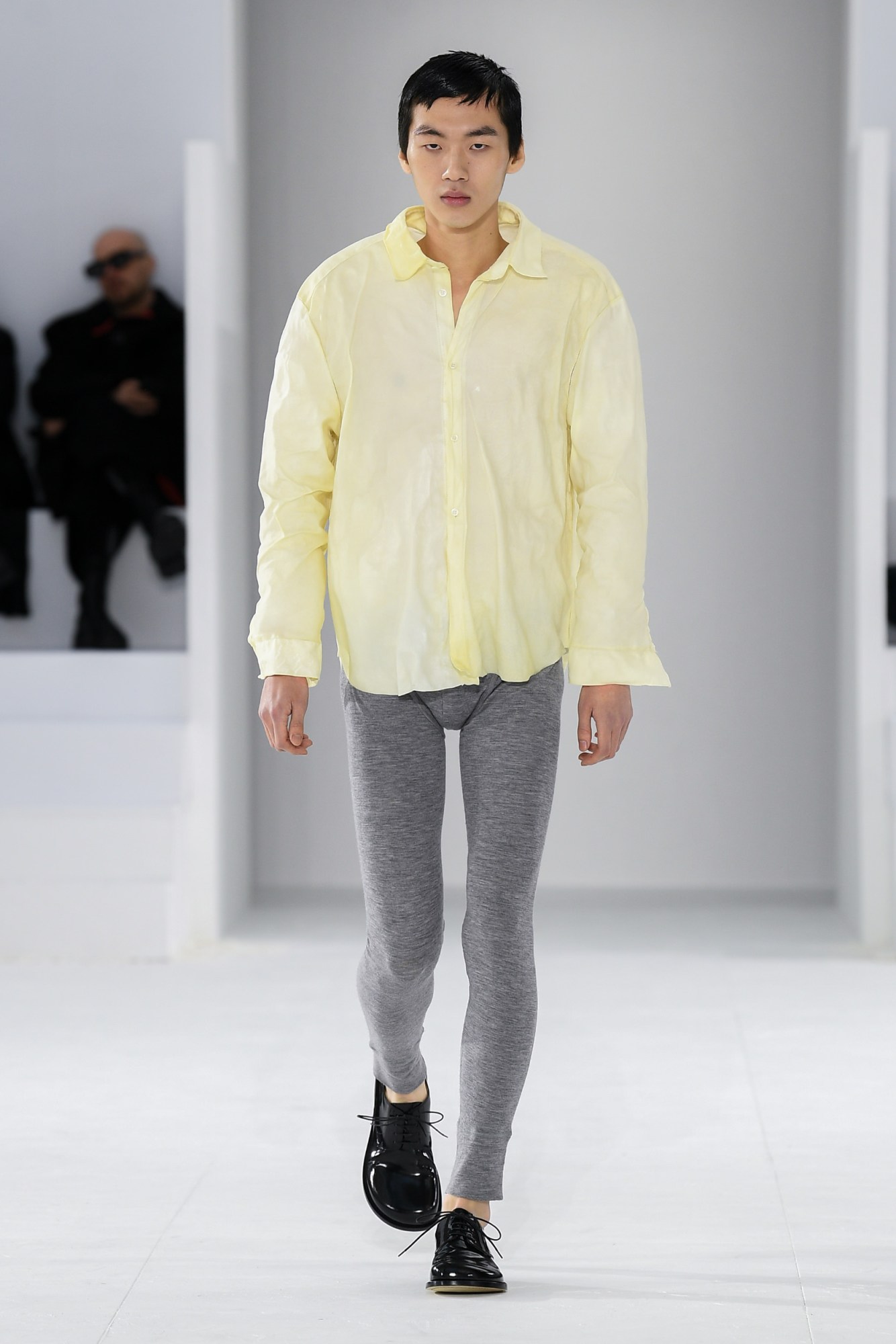
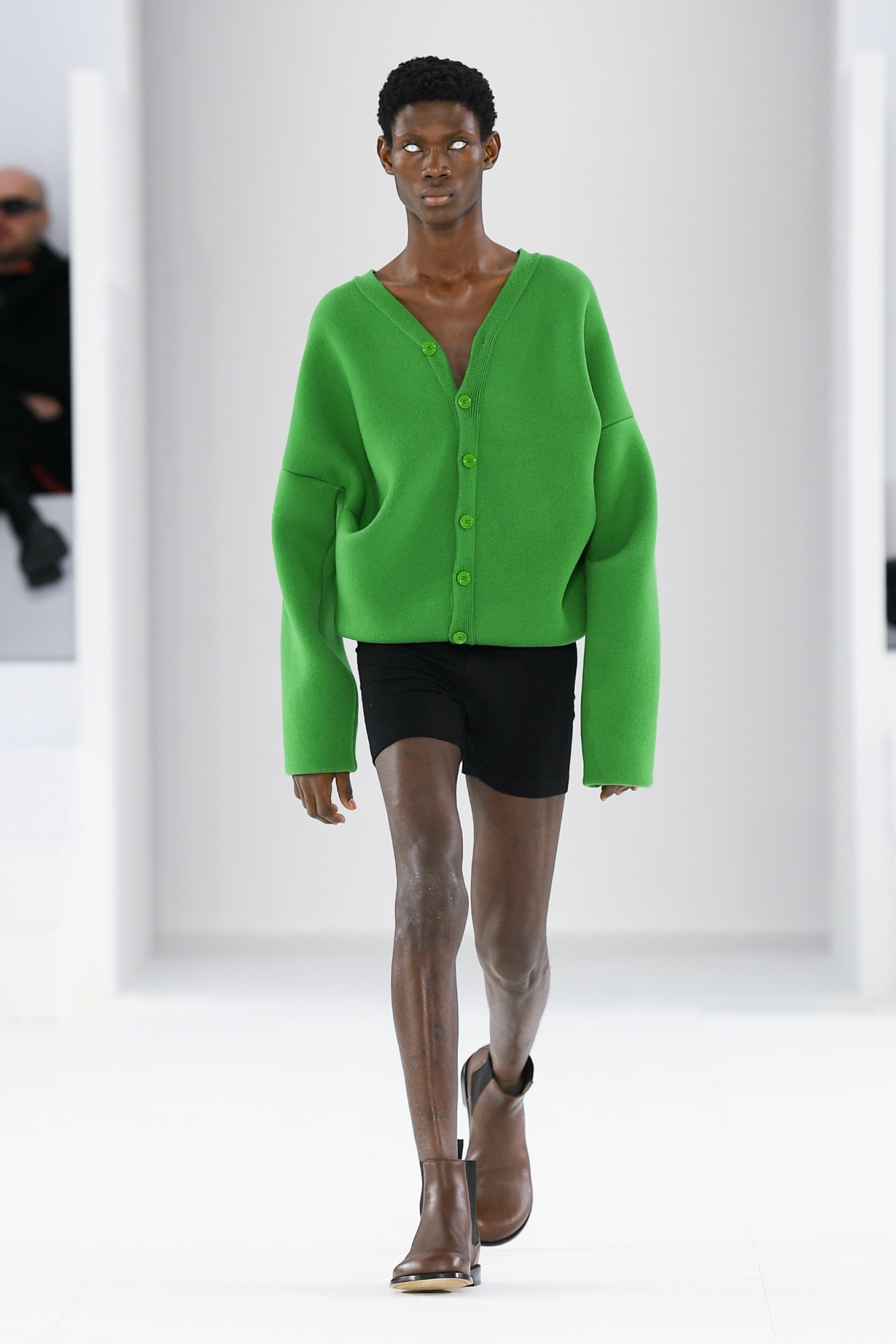
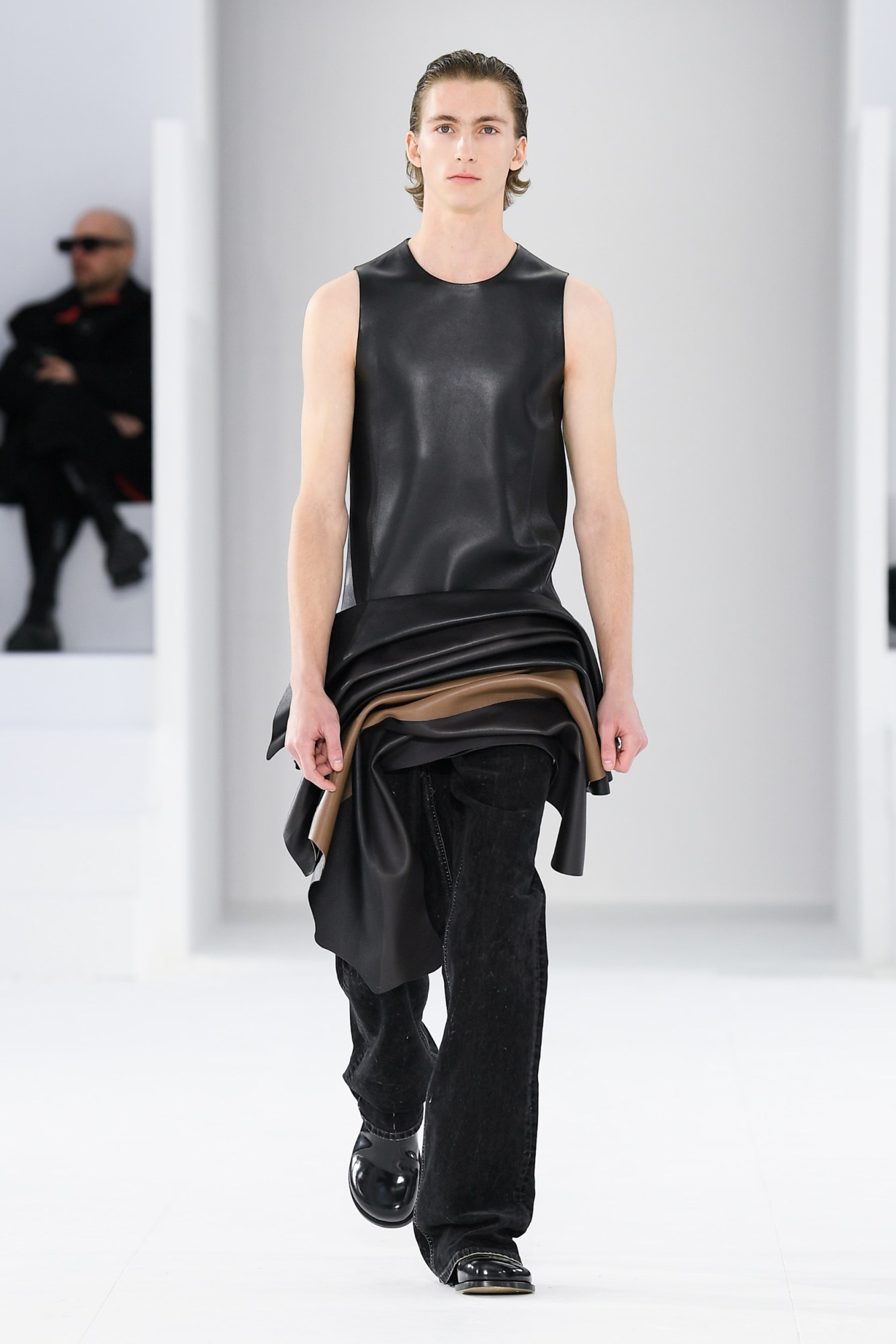
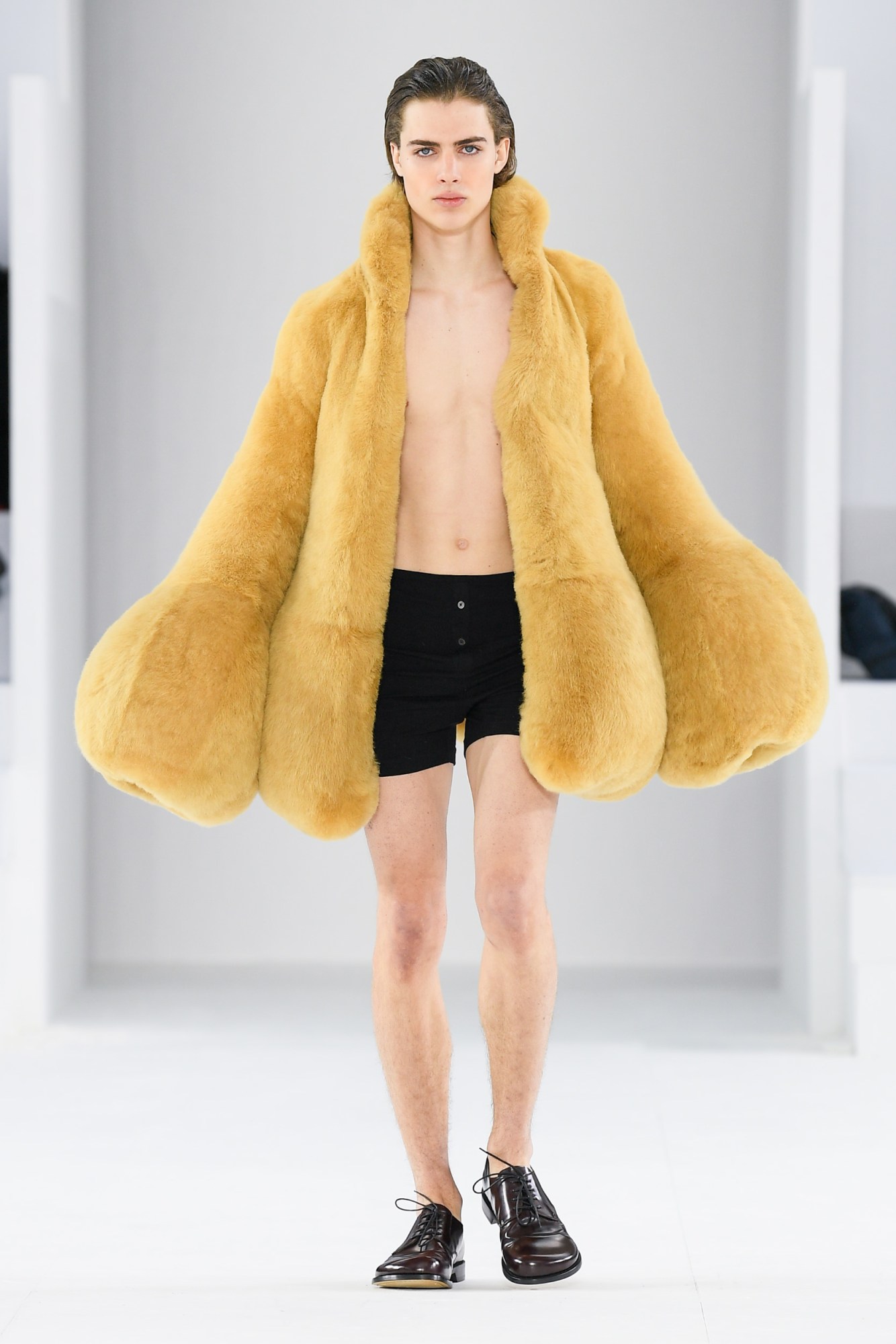

Credits
Images courtesy of Spotlight
